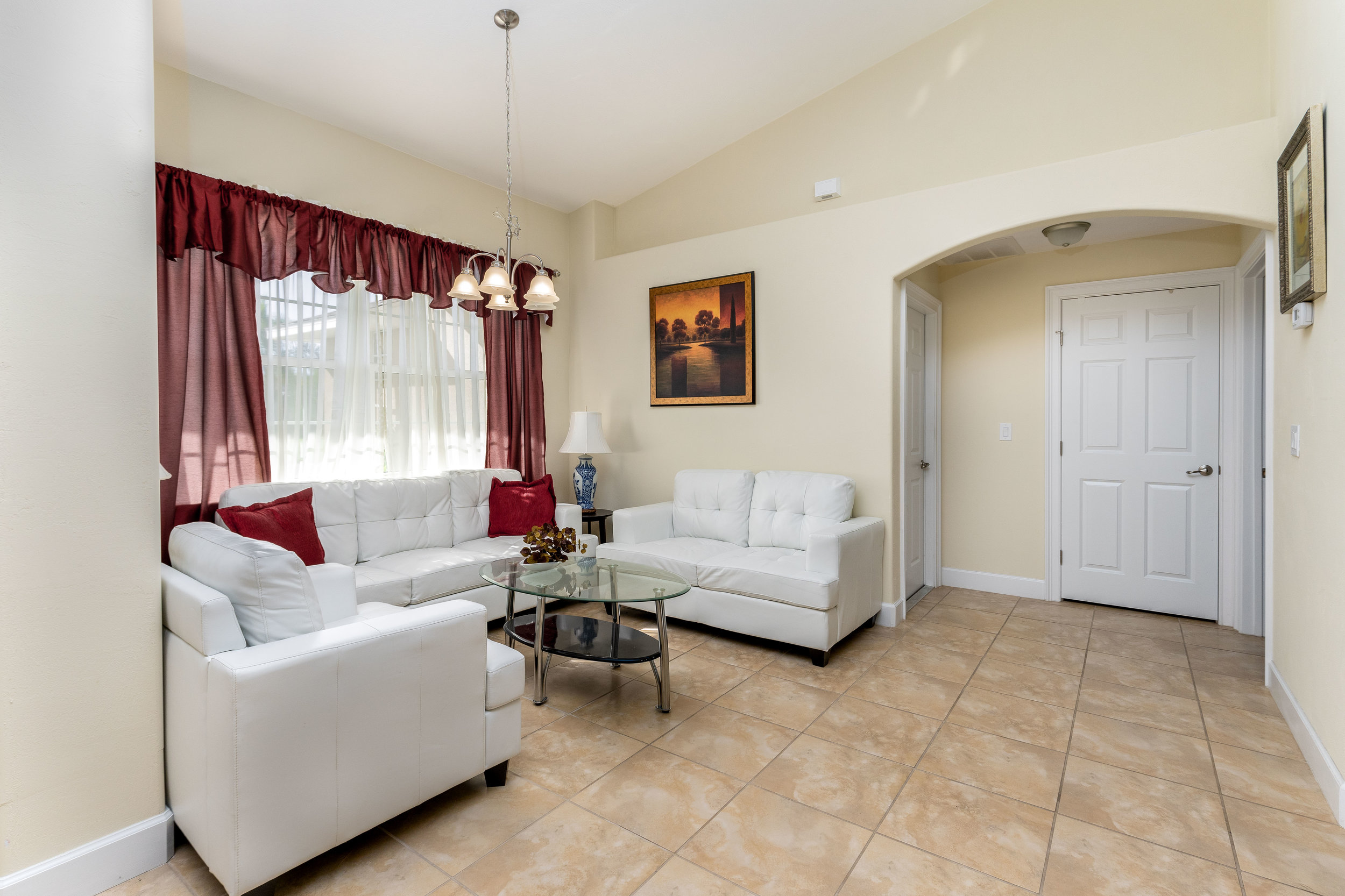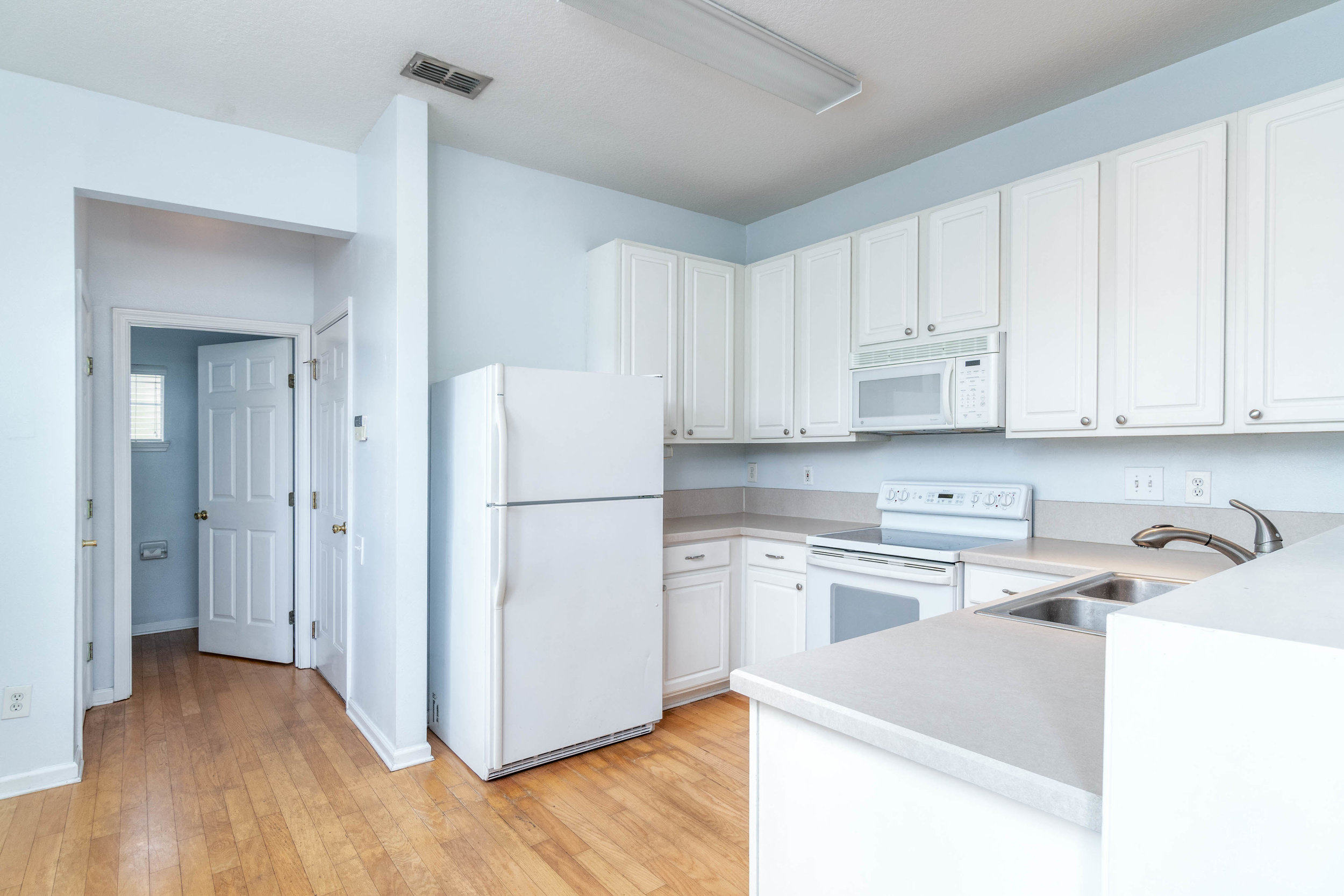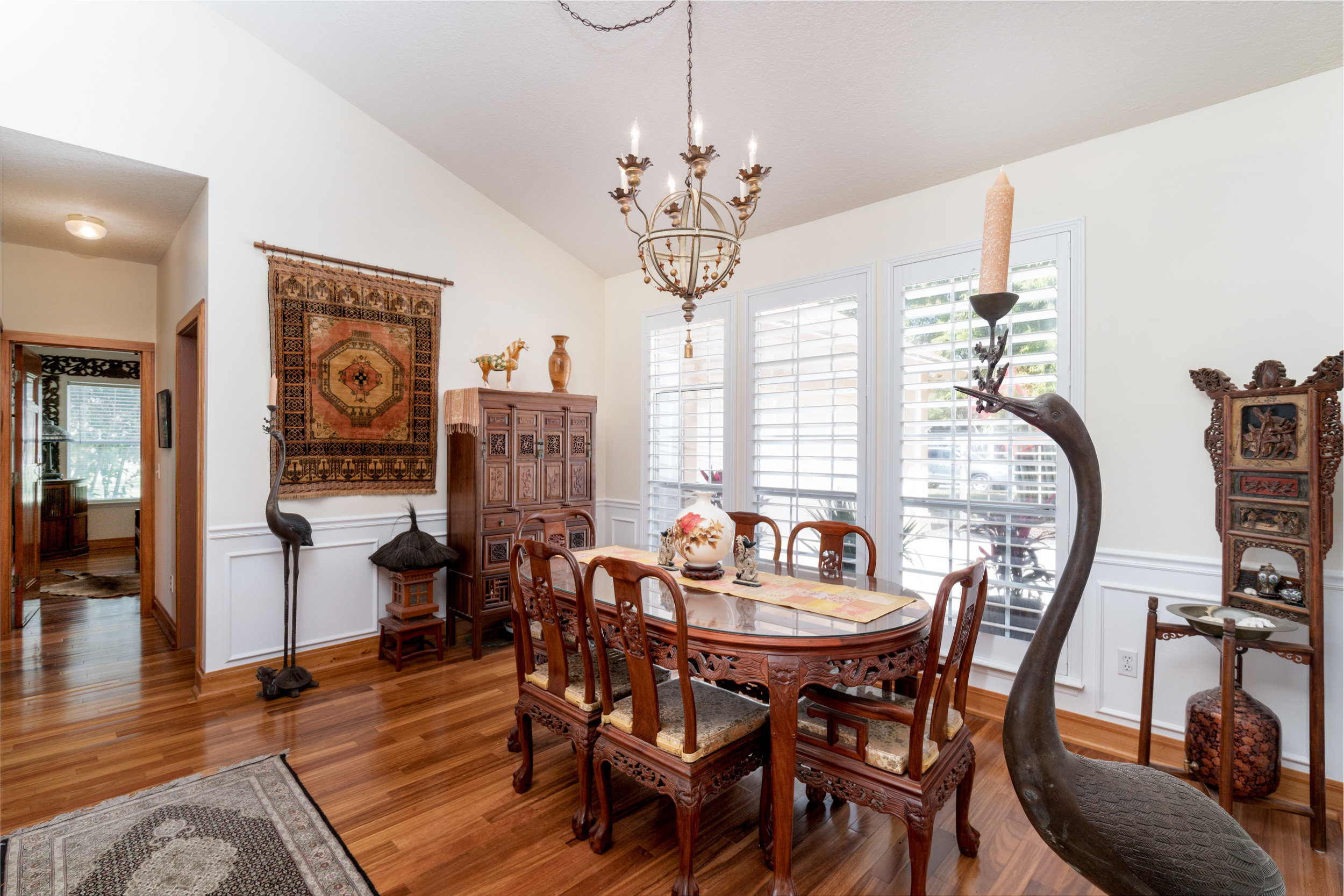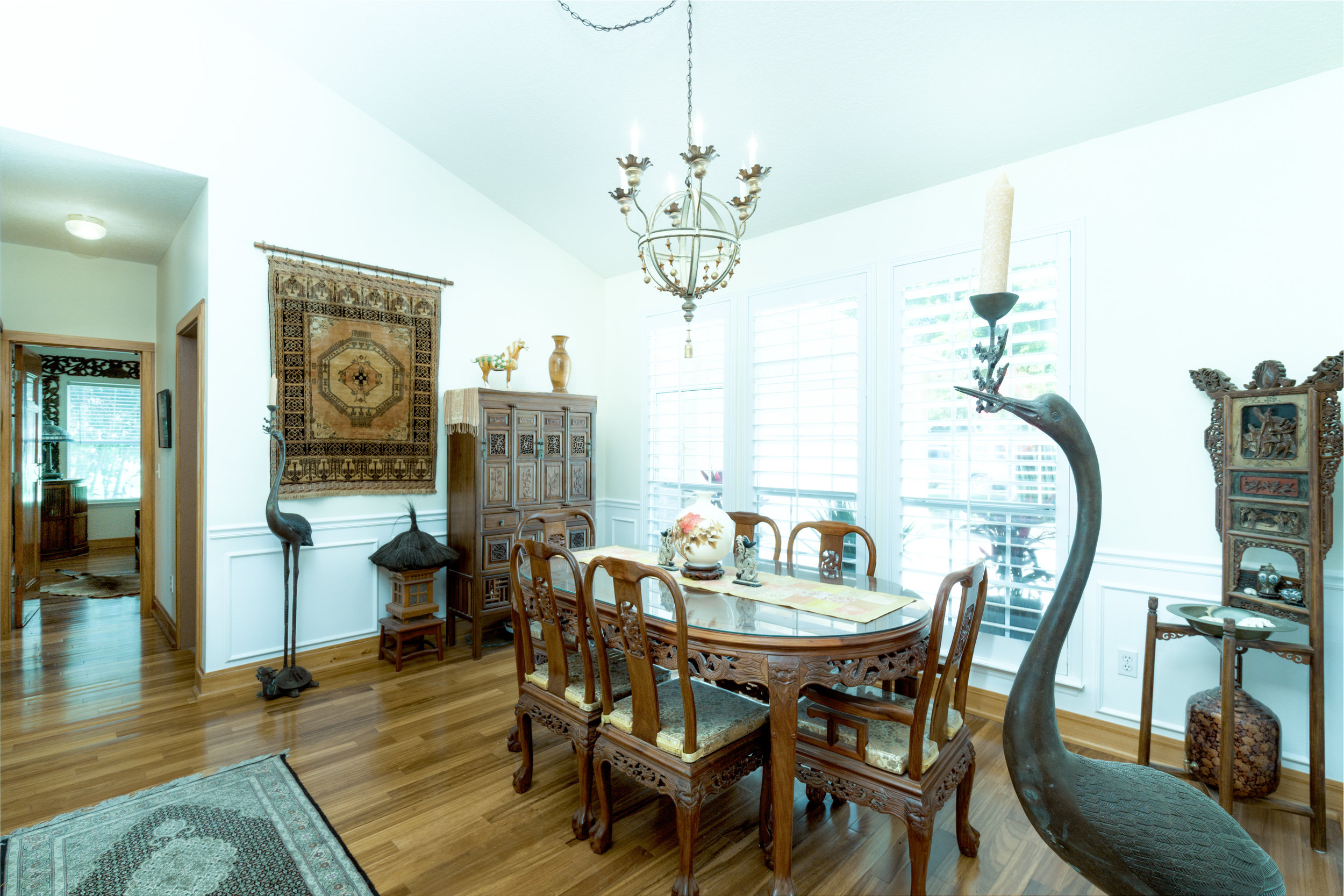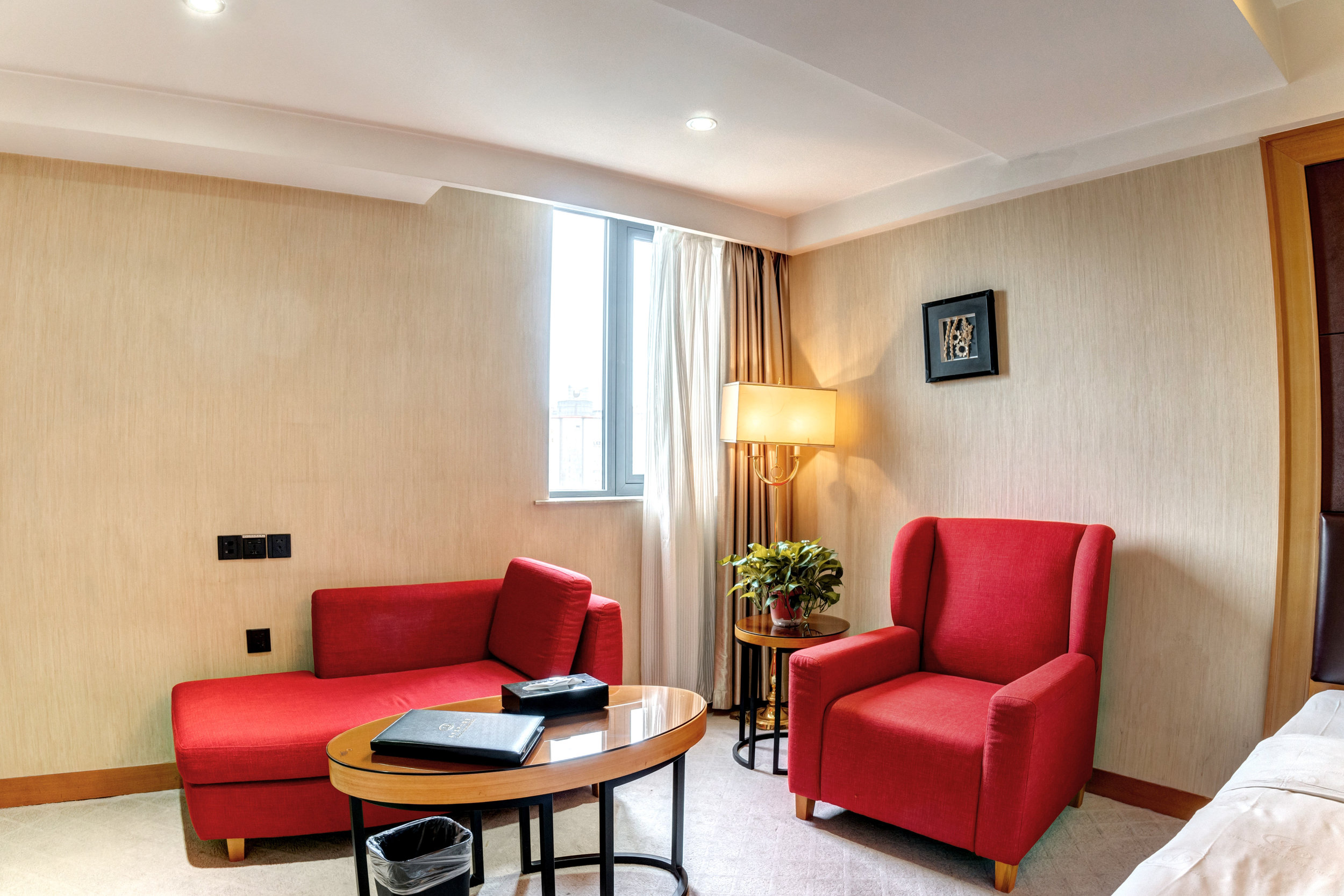What makes a great interior photo?
Read on to learn what goes into creating a great Interior Photo for Real Estate.
Ever wonder how good your interior photos present your listing? Whether you're looking for a real estate photographer, or are working with one already, these four photography checkpoints will help you better present your clients' homes and they'll love you for it!
1. Dynamic Range
Dynamic Range (DR) is how well the lightest areas of a photo and the darkest areas of a photo are rendered. Typically, in real estate photos you'll have windows whited out due to the limits of DR in your camera -- you don't want this. To get around this a photographer has to take multiple exposures; either in a bracket (High Dynamic Range photogrpahy) or an ambient exposure, flash exposure, and window exposure (Flambient photogrpahy). If you see any windows blasted out, ask your photographer to see if they can fix it.
2. Perspective
Quickly, look straight on at a corner in the room you're in. Now look up, and then down. Notice anything? Probably not. This is important in properly rendering an architectural or interior photograph. While looking up and down the vertical lines in the room never start converging. However, when shooting with a camera if a photographer tilts the camera up or down they'll start to see Keystoning or a distortion in correct perspective. This can easily be fixed in post-production, or can be corrected for in camera with the correct lens. If any photos delivered from your photographer have converging lines, ask to see if they can correct the keystoning or perspective -- it really shouln't take too long to do it right the first time.
3. Color Rendition
Color rendition can be tricky because, on some level, it's subjective. However, with digital photography we have tools that can help us balance our colors correctly. Some cameras lean on cooler colors while other lean on warmer colors, what you're looking for is a nice natural balance between the two. You want your whites white, and your blacks black. After that, I like to adjust the color balance to render a bit warmer to help give each photo a much more inviting, welcoming feeling (this is the subjective part). If the photos coming from your photographer are wildly out of balance in color rendition, ask them to see if they can adjust them to render the colors naturally.
4. Lens Distortion
Interior photography tends to be on the wider side of lens focal length. What this introduces is something called lens distortion; the widest of which is called fisheye distortion. All this is a bowing in the center of a photo and a stretching of the corners. This distorts reality and should easily be fixed in post-production. If your photographer is delivering photos with a mild or strong lens distortion, ask them to fix the distortion.
Understanding how these four factors effect your final photos will help you better advocate for your clients. Better photos lead to more qualified clients and leads. On average listings with professional photography sell 21 days faster than those with smartphone snaps (according to a 2016 RedFin study).


